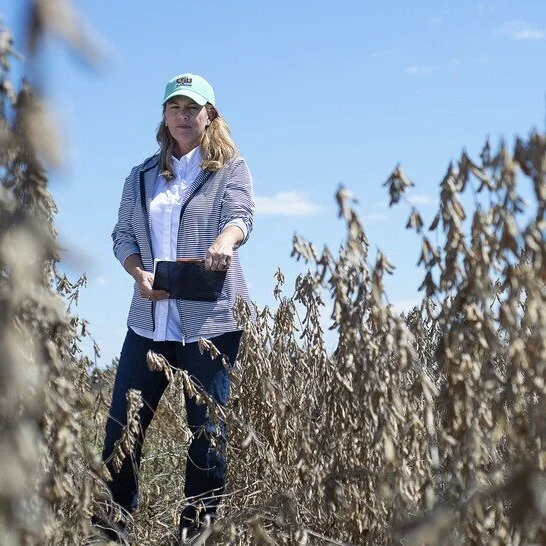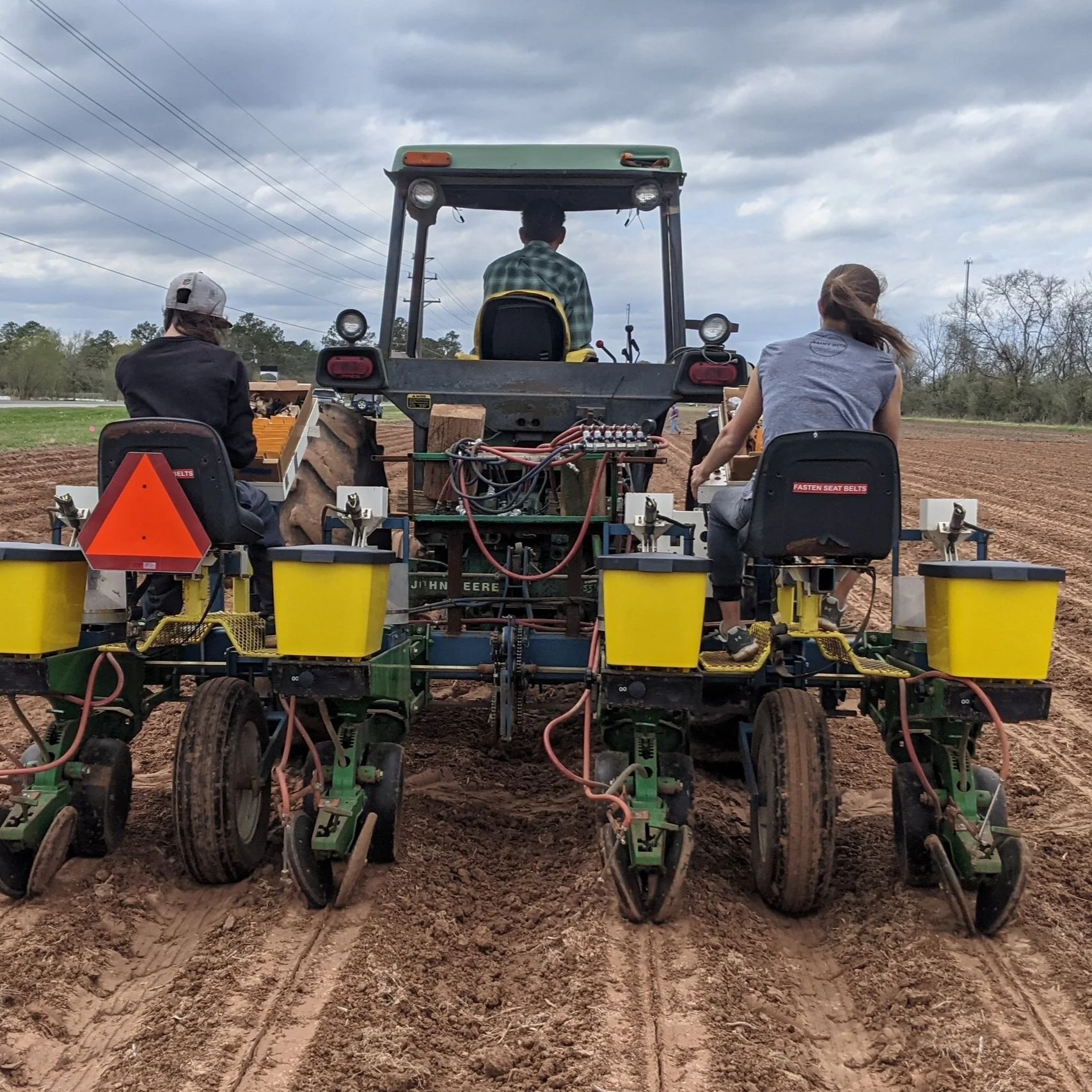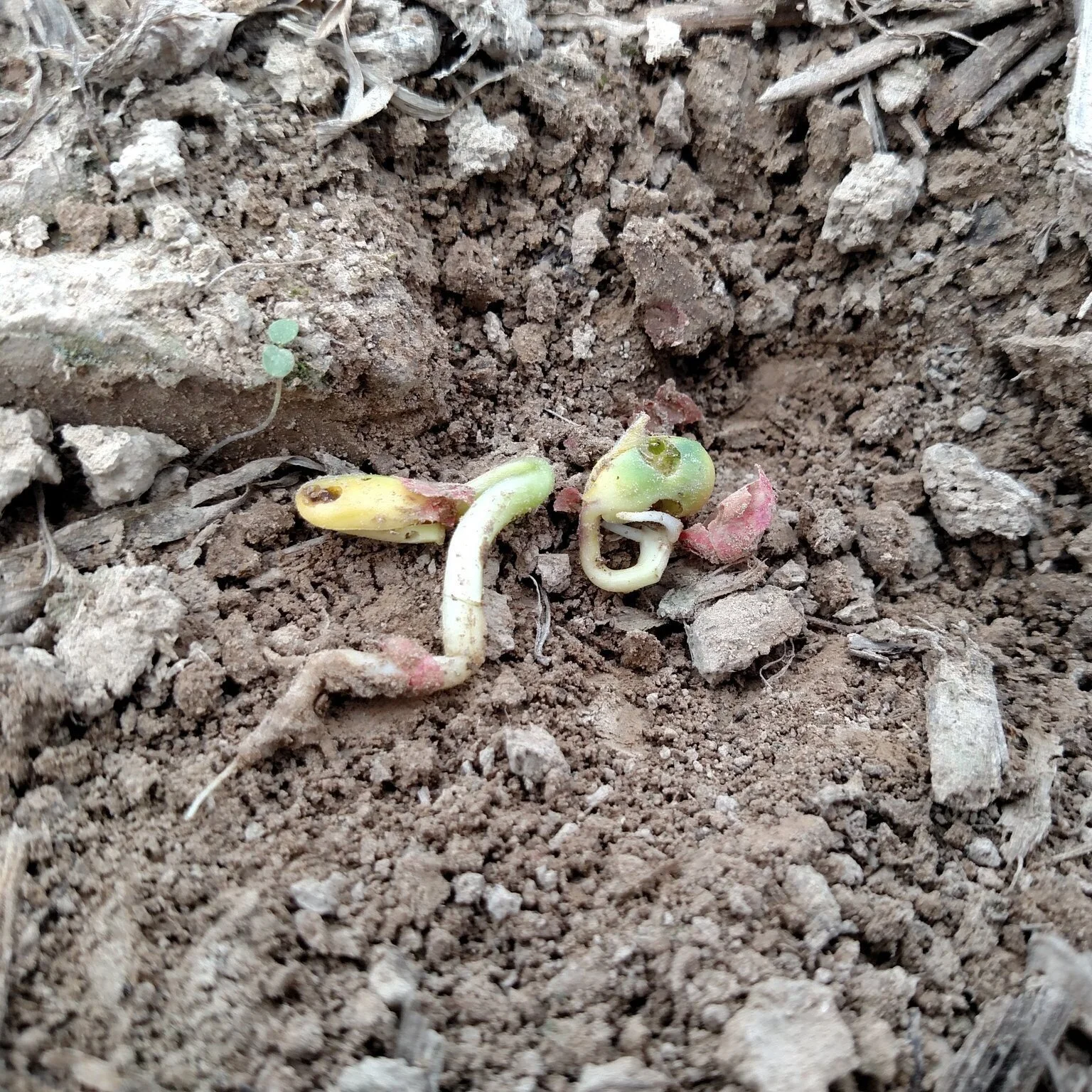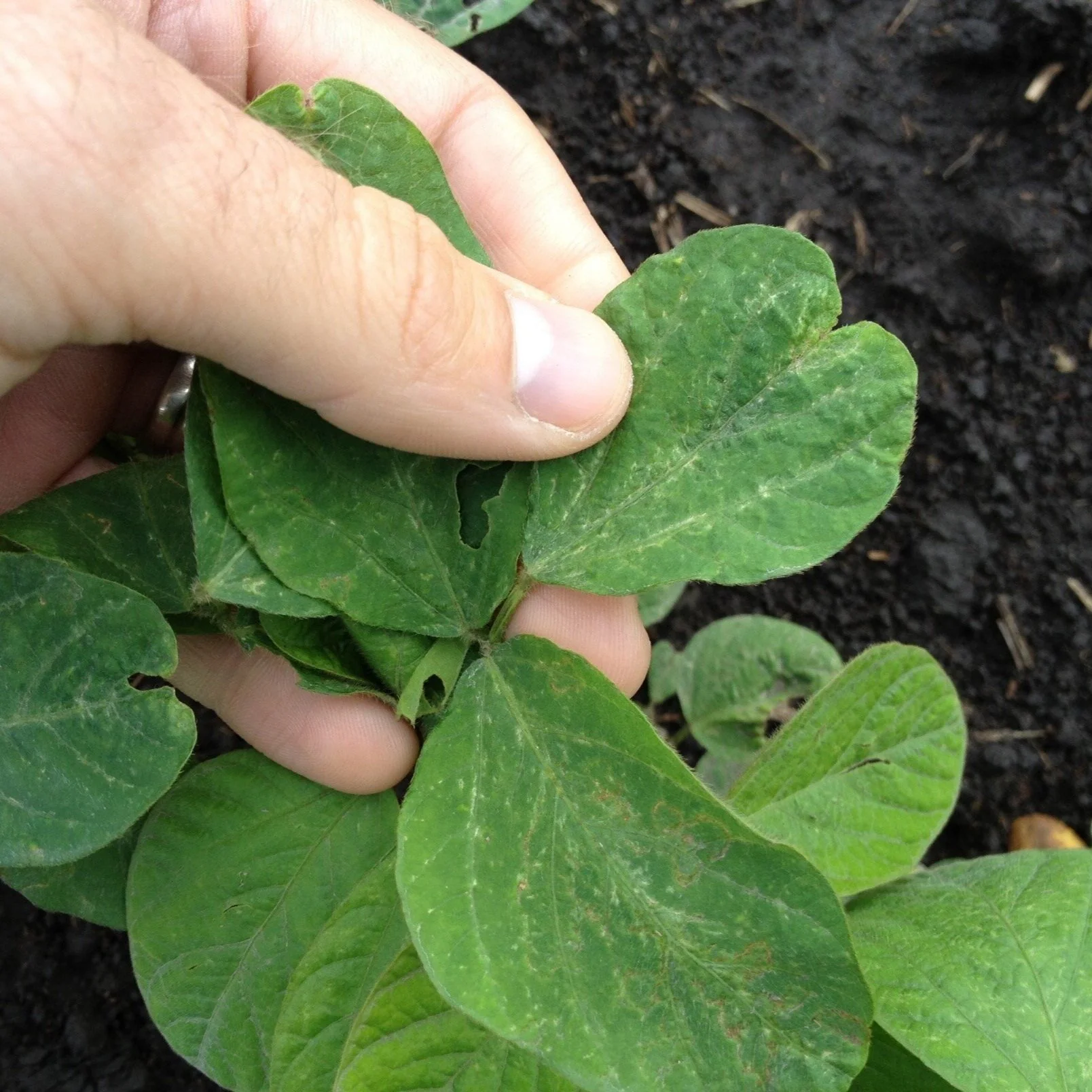Soy checkoff research funding and partnership with The Goodyear Tire & Rubber Company has led to a multi-decade commitment by the tire manufacturer to source sustainably produced U.S. soybean oil, phasing out petroleum-derived oils from its products by 2040.
Read MoreIntegrating winter cover crops into an agricultural system is not new, but the potential for improved soil health and crop production have renewed producer interest over the past decade. According to a recent U.S. Department of Agriculture survey, cover crop acreage increased by 50% between 2012 and 2017 across the United States and includes expansion of acreage in the Mid-South. This has prompted university research to evaluate cover crops and soil conditions specific to that region. It has been well documented that winter covers can improve various soil properties. However, questions regarding their impact on crop yield still remain
Read MoreThe first planting of a planting date trial was sown at the Dean Lee Research Station on March 22, 2021. This research trial will also be planted at the Rice Research Station and the Macon Ridge Research Station in 2021. LSU AgCenter scientist from all three research stations will collaborate to evaluate the performance of soybean plots after planting from late March to mid-late June. The objective of the trial is to understand the effect of temperature and photoperiod for each region, maturity group, and planting date. In addition to yield data and timing of growth stages, fungicide efficacy and protein and oil content data will be analyzed to better understand how the environment affects soybean growth and development.
Read MoreFarmers in southern states are starting to plant their crops. Texas farmers have about a quarter of their 2021 corn crop planted while farmers in Louisiana have 14% of their corn in—both states showing about average progress. There are also reports that some of the spring wheat crop is being planted in North Dakota.
Read MoreAll graders working at grain elevators in Louisiana will be tested and certified for the 2021 harvest season following an announcement from the Louisiana Department of Agriculture and Forestry (LDAF).
Those graders will be trained, tested and certified by LDAF to uphold the standards set through the U.S. Grain Standards Act. The goal is to provide consistent and professional grain inspection and weighing services for producers, handlers processors, exporters, importers and end-users.
Read MoreU.S. farmers rank as the most trusted members of the supply chain when it comes to ensuring its safety, taking the top spot in 78 percent of consumer responses, according to new research by the United Soybean Board. The results of the consumer survey sheds a light on the needs and perceptions of people nationwide about their food supply. Farmers’ dependability in regard to nourishing the world has not gone unnoticed.
“As the organization representing soy — the second largest crop grown on U.S. soil, one of the only widely available complete plant proteins and the most widely used edible oil in the country — we knew it was vital to understand the values of the very people who purchase the products our farmers grow,” said Mace Thornton, USB vice president of communications and marketing strategy. “The results not only reinforced the importance of current sustainability strategies our farmer-leaders put in place, but also revealed some key perceptions and desires among consumers that will help guide the way we communicate and engage on the benefits of sustainable U.S.-grown soy.”
Read MoreAn LSU graduate student has identified and named a new species of fungus that causes a devastating soybean disease, and the finding has been published in a scientific journal.
Read MoreThe United Soybean Board released the results of a consumer survey, shedding light on the needs and perceptions of people nationwide about their food supply. Farmers’ dependability in regard to nourishing the world has not gone unnoticed. U.S. farmers rank as the most trusted members of the supply chain when it comes to ensuring its safety, taking the top spot in 78% of consumer responses.
Read MoreThe March 2021 World Agricultural Supply and Demand Estimates (WASDE) report was largely expected to be a bit of a sleeper. But keeping true to form over the past year, USDA surprised markets by forecasting higher Brazilian soybean production instead of slightly lowering that total. The World Agricultural Outlook Board (WAOB) added 36.7 million bushels of output to Brazil’s soybean crop.
Read MoreCover crops can provide producers a variety of benefits including nutrient cycling , soil cover, nitrogen fixation and pollinator food sources. These cover crops come in many types, including grasses, legumes (mostly clovers) and brassicas (generally tillage radish and rapeseed). However, cover crops represent a “green bridge” throughout the fall and early spring that may facilitate the movement of insect pests and plant pathogens into above- and below-ground plant structures. Furthermore, cover crops may increase soil moisture and lower soil temperature compared with tilled fields at planting, resulting in more favorable conditions for seedling disease development.
Read MoreMarch 15 is the deadline to enroll in the Price Loss Coverage (PLC) or Agriculture Risk Coverage (ARC) programs for 2021. Program enrollment, which farmers can do on a commodity-by-commodity basis, is required to participate in the programs this year. ARC and PLC are Title I commodity safety net programs established in the 2018 farm bill. For the 2021/22 crop year, farmers can change their coverage options from what they selected in 2019 for each of the commodities and base acres enrolled.
Read MoreLSU AgCenter weed scientist Dr. Donnie Miller says his research with Dual Magnum, Warrant and Outlook Residual herbicides has shown no real difference in weed management.
“Nor did we see a difference in our timing of applications,” says Miller. “We tried to limit our applications to two, where we put the materials down pre-emergence and we followed up later post-emergence with just RoundUp Plus, Xtend A Max or Enlist Duo an Enlist soybeans over the top.”
Read MoreThe U.S. Department of Agriculture (USDA) is extending the deadline from March 5 to April 9 for agricultural producers to apply for the Quality Loss Adjustment (QLA) Program because of recent winter storms and some clarifications to program rules. This program assists producers who suffered crop quality losses due to qualifying 2018 and 2019 natural disasters.
Read MoreLSU AgCenter/Extension Service Weed Scientist Dr. Donnie Miller has been studying Dual Magnum, Warrant and Outlook residual herbicides and how they affect soybean crops.
Read MoreRising demand is creating both problems and opportunities across an emerging supply chain for the fuel, one small example of how the larger transition to green fuels is upending the energy economy. A renewable diesel boom could also have a profound impact on the agricultural sector by swelling demand for oilseeds like soybeans and canola that compete with other crops for finite planting area, and by driving up food prices.
Read More













